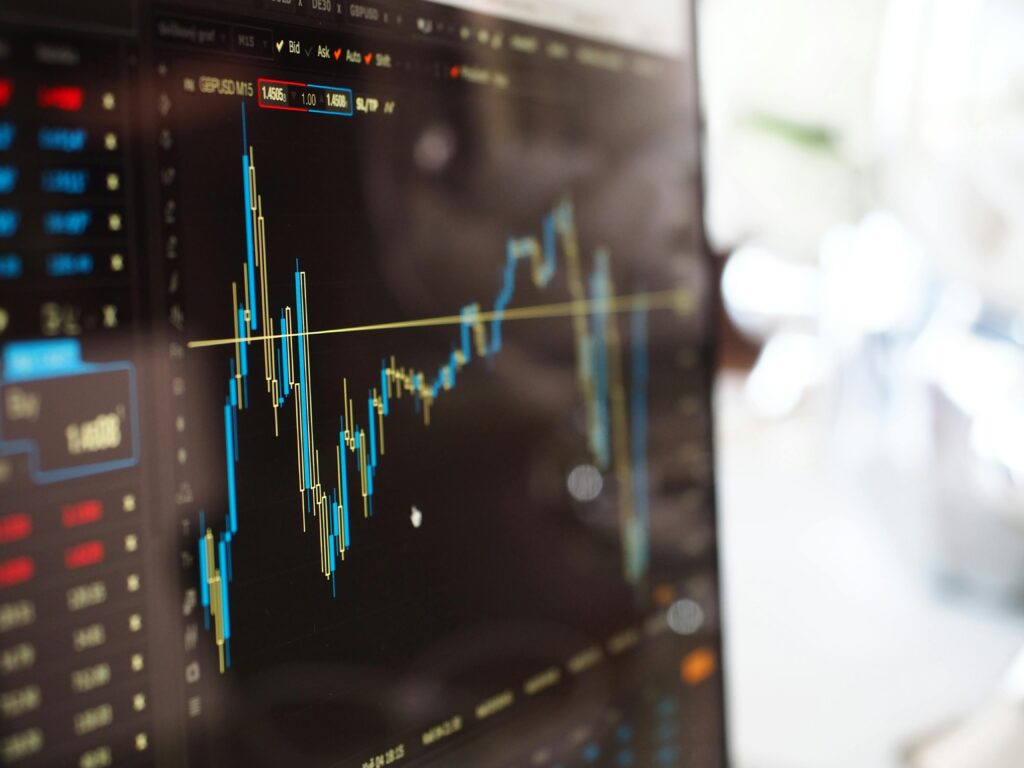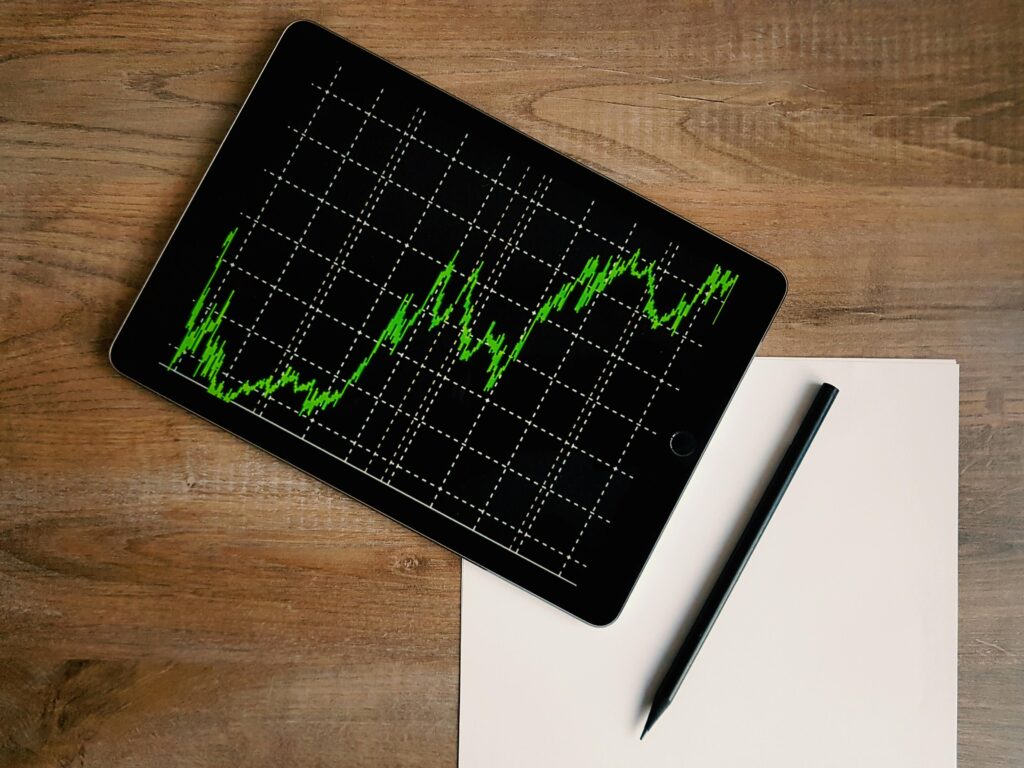
What Are ETFs?
Exchange-Traded Funds (ETFs) are innovative investment tools that combine the best traits of index funds and stocks. Like index funds, ETFs are typically passively managed, diversified, and are at low-cost. However, it is also like stocks, where trade on exchanges happen throughout the day offering flexibility and accessibility.
ETFs are actively traded on major stock exchanges worldwide, such as the New York Stock Exchange (NYSE). The NYSE has the largest listing for ETFs, hosting an estimated 80% of all ETF assets.
How They Work

ETFs are as their name implies: they are funds that trade on exchanges, often tracking a specific index. When you invest in an ETF, you gain access to a bundle of assets—stocks, bonds, or commodities—that you can buy and sell during market hours. This structure helps lower risk and exposure while diversifying your investment portfolio.
- Exchange: ETFs are bought and sold like common stocks on a stock exchange
- Traded: Like a stock, ETFs are traded and experience price changes throughout the day
- Funds: ETFs generally hold a collection of stocks, bonds, or other securities in one fund. Alternatively, single-security ETFs offer exposure to a single stock or bond.
An ETF must be registered with the Securities and Exchange Commission (SEC). In the United States, most ETFs are structured as open-ended funds, meaning it can accommodate an unlimited number of investors. This structure ensures that ETFs remain highly accessible to a wide audience.
ETFs in NYSE
ETFs play a crucial role in NYSE trading, offering investors a cost-effective, flexible, and diversified way to access the market. It offers key advantages, including:
- Low costs: ETFs generally have lower expense ratios compared to mutual funds, reducing investment costs. On average, an ETF costs half as much as a mutual fund, allowing investors to maximize returns
- Ease of trading: ETFs simplify investing in 2 ways:
- Bundling securities: investors gain exposure to multiple assets in a single trade, reducing complexity and transaction fees
- Trading like stocks: since ETFs are listed on the NYSE, they can be bought and sold throughout the trading day, offering real-time price updates and high liquidity
- Diversification: ETFs allow investors to spread risk across multiple assets rather than relying on a single stock or bond. Broad index ETFs provide significant diversification, while sector-specific or commodity ETFs may carry higher risks due to their narrower focus.
- Wide Range of Investment Options: ETFs track various asset classes, sectors, commodities, and currencies. Investors can choose from broad-market ETFs, sector-focused funds, bond ETFs, or even leveraged and inverse ETFs for more aggressive strategies. This variety makes ETFs a versatile tool for both long-term and active traders.
FINAL WORD

ETFs have revolutionized modern investing by combining the benefits of index funds and stocks, offering investors an efficient, cost-effective, and diversified way to access financial markets. Their ability to trade throughout the day on exchanges like the NYSE provides flexibility and liquidity, making them a popular choice among both institutional and retail investors.
With the NYSE hosting the majority of global ETF assets, it remains a leading platform for ETF trading, ensuring seamless execution and broad market exposure. As ETFs continue to evolve and expand across various asset classes and investment strategies, they will remain a cornerstone of modern portfolio management, catering to a wide range of investor needs.